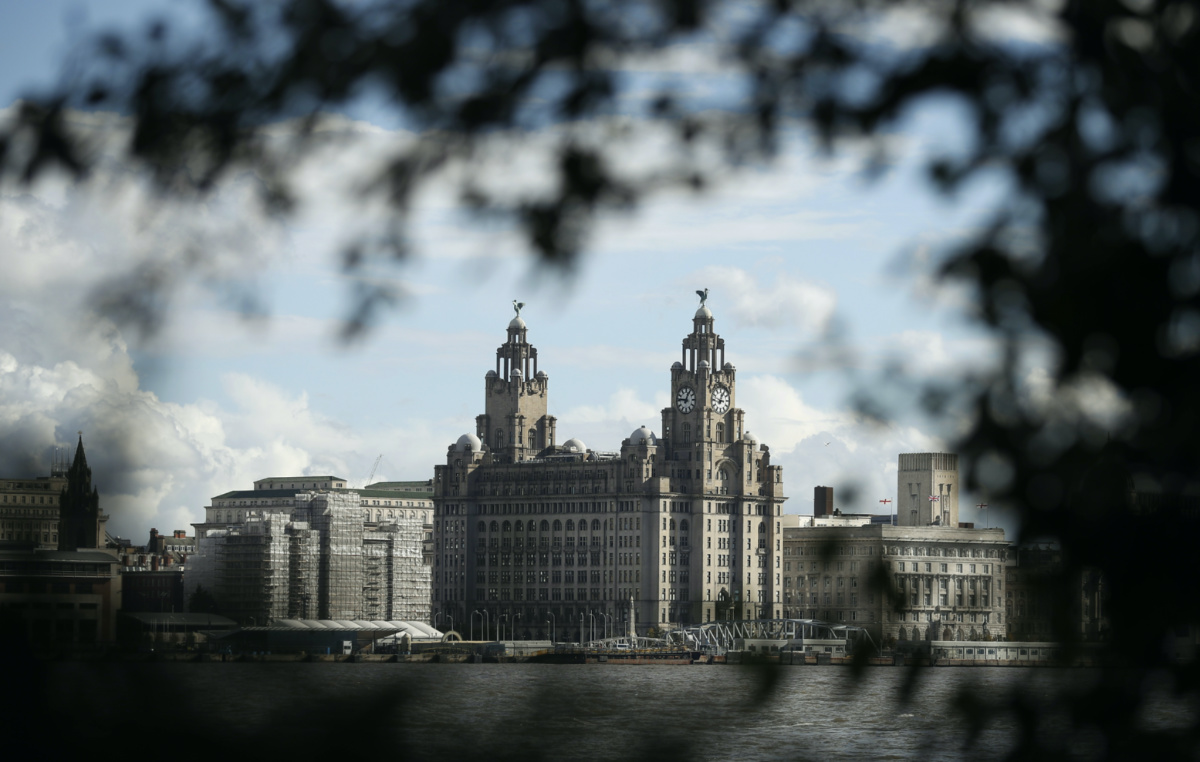A beloved British city stripped of its hard-won World Heritage listing, an Australian treasure spared the blushes after it was left off an “in danger” list, and a Thai national park hoping to be third-time lucky despite its spotty human rights record.
Why are World Heritage Site listings so sought after, and why are they so controversial?
What is a world heritage listing?
The United Nations’ cultural agency UNESCO in 1972 noted that cultural and natural heritage are increasingly under threat of damage from decay, and from changing social and economic conditions.
Some of these sites are of “outstanding interest” to all mankind and must be preserved, it said. These sites can include monuments, dwellings, forests and mountains.

Liverpool’s iconic waterfront property the Royal Liver building is viewed across the River Mersey in Birkenhead, northern England, on 17th October, 2016. PICTURE: Reuters/Phil Noble/File photo.
Currently, there are more than 1,100 heritage sites on the list, which is updated every two years.
A separate intangible cultural heritage list was created in 2003 for items such as dance, music and traditions.
How does a site get world heritage listing?
A country first does an inventory of its natural and cultural heritage sites and makes a tentative list.
The government then presents a nomination file to the World Heritage Centre for review. This is evaluated by two advisory bodies: the International Council on Monuments and Sites (ICOMOS) and the International Union for Conservation of Nature (IUCN).
The World Heritage Committee makes the final decision.
What are the benefits of a World Heritage Site listing?
A listing carries a great deal of prestige, and benefits include “increased tourist visitation, increases in employment opportunities and income for local communities, and better management and protection of the place,” according to the government of Australia, which has 20 World Heritage Sites.
Sites can also receive monetary assistance from the World Heritage Fund.
Is there a downside to a World Heritage Site listing?
Criticism has grown over the years, with researchers, conservationists and human rights activists saying that the process is marred by bureaucratic wrangling and underhand deals between the committee and governments.
The rush of tourists – including so-called WHS baggers – can outprice local residents and uproot communities.
There is also an imbalance between wealthier and poorer nations, with the former having far more sites on the list.
Even the IUCN has said the program is in need of “radical change if [it] is to remain an effective conservation tool.”
Why the controversy this year?
Last week the World Heritage Committee stripped Liverpool of its listing because new buildings undermined the city’s “authenticity and integrity,” making it only the third site to be removed from the prestigious list.
Then, the Committee said it would not add the Great Barrier Reef to a list of sites that are “in danger”, some due to climate change, following intensive lobbying by Australia.
Environmental groups criticised the move, and said Australia was not doing enough to protect the reef.
What happens next?
On Monday, the Committee is scheduled to review the Thai government’s nomination of the Kaeng Krachan forest complex for a third time after rejecting the bid in 2016 and 2019.
Last week, UN human rights experts made an unusual appeal to their colleagues at UNESCO: defer the bid until Ondigenous Karen people who live in the forest have been consulted.
“Should the nomination as heritage status be approved it would perpetuate the denial of the Karen’s right to remain on their traditional lands and carry out their traditional livelihood activities,” they said in a statement.
Hundreds of indigenous Karen people have been evicted from the national park, and a listing can mean more rights violations, said Surapong Kongchanthuk, head of the Karen Studies and Development Centre.
“They are not opposed to the listing – but the communities have not been reassured of their access to the forest,” he told the Thomson Reuters Foundation.
“They are concerned that a listing will mean more tourists, and no place in the forest for them,” he said.
A spokesman for the forest department did not respond to requests for comment.






